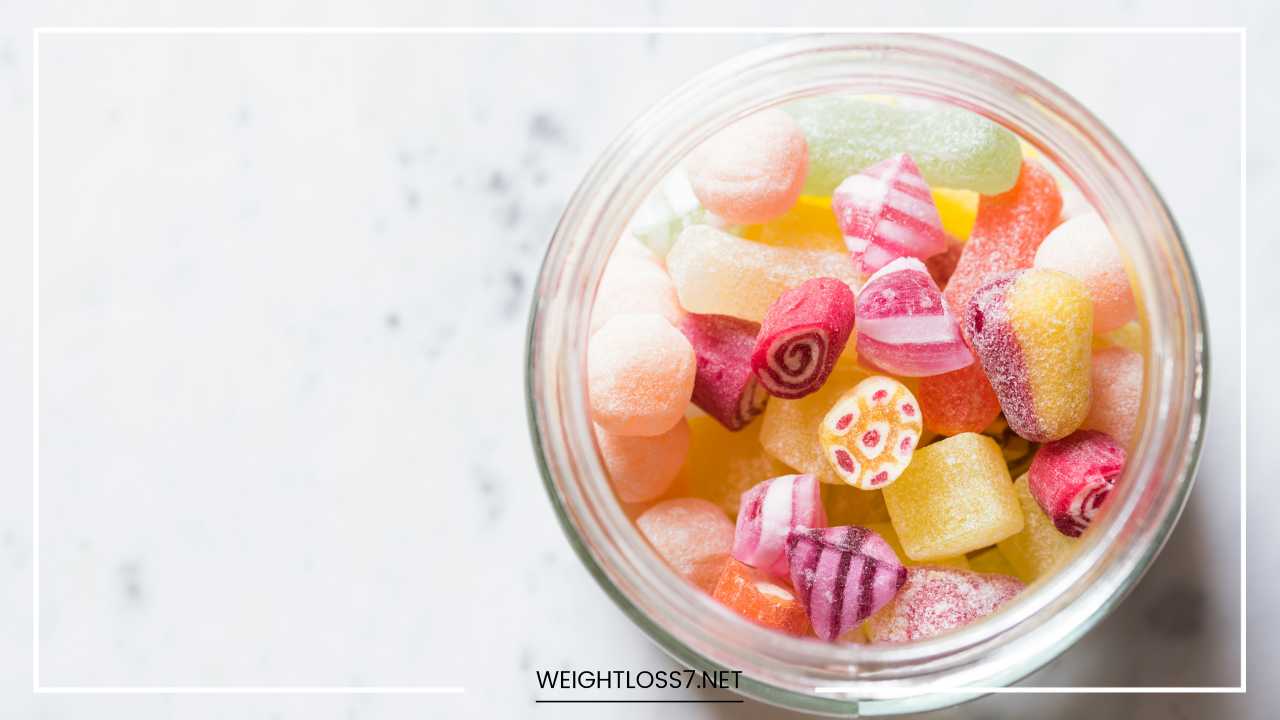How to Lower Blood Sugar

Blood Sugar
How to Lower Blood Sugar: A Guide to Healthy Management
Blood sugar, also known as blood glucose, is the fuel that keeps your body running. It comes from the carbohydrates you consume, and insulin, a hormone produced by your pancreas, acts like a key, unlocking your cells and allowing them to absorb and utilize this energy source.
However, if your blood sugar levels become chronically high, it can lead to a cascade of serious health problems, most notably diabetes.
This comprehensive guide delves into effective strategies for lowering blood sugar, focusing on both lifestyle modifications and potential dietary inclusions.
It’s crucial to remember that this information is not a substitute for professional medical advice. Always consult your doctor before making significant changes to your diet or exercise routine, especially if you have a diagnosed medical condition like diabetes.
Understanding Blood Sugar Levels: A Balancing Act
Blood sugar levels naturally fluctuate throughout the day. They tend to be higher after meals and lower between meals and during exercise.
Doctors typically diagnose prediabetes when fasting blood sugar levels fall between 100-125 mg/dL (milligrams per deciliter) and diabetes when they are above 126 mg/dL.
Here’s a quick breakdown of blood sugar level ranges to help you understand where you stand:
- Normal: Below 100 mg/dL (fasting)
- Prediabetes: 100-125 mg/dL (fasting)
- Diabetes: Above 126 mg/dL (fasting)
Risk Factors for High Blood Sugar: A Web of Influences
Several factors can contribute to high blood sugar levels, making it a complex issue. Here’s a closer look at some of the key culprits:
- Genetics: Having a family history of diabetes increases your risk significantly. If diabetes runs in your family, it’s essential to be proactive about monitoring your blood sugar levels.
- Weight: Obesity and excess belly fat are linked to insulin resistance. Fat cells can impede insulin’s ability to unlock your cells and allow them to absorb blood sugar.
- Diet: This is a major player. Excessive consumption of refined carbohydrates, sugary drinks, and unhealthy fats can significantly impact blood sugar. Think white bread, sugary cereals, pastries, soda, and processed meats.
- Physical Inactivity: Regular exercise helps your body use blood sugar for energy. When you’re inactive, the sugar tends to linger in your bloodstream, leading to spikes.
- Age: The risk of diabetes increases with age, particularly type 2 diabetes. This is partly due to a decline in insulin production and increased insulin resistance as we age.
- Polycystic ovary syndrome (PCOS): This hormonal imbalance can affect insulin sensitivity, making it harder for your body to regulate blood sugar.
- Certain medications: Some medications, such as steroids and some diuretics, can raise blood sugar levels. It’s important to discuss any potential side effects with your doctor.
Symptoms of High Blood Sugar: When Your Body Sends Signals
Chronic high blood sugar can manifest in various ways, often acting as a warning sign. Here are some of the common symptoms to be aware of:
- Frequent urination: Your kidneys work overtime to filter excess sugar from the blood, leading to increased urination.
- Increased thirst: Frequent urination can lead to dehydration, triggering your body to send thirst signals.
- Unexplained weight loss: When your body can’t access blood sugar for energy due to insulin resistance, it may start breaking down muscle tissue for fuel, leading to unintended weight loss.
- Fatigue: Chronically high blood sugar levels can interfere with your body’s ability to use energy effectively, leaving you feeling tired and sluggish.
- Blurred vision: High blood sugar can damage blood vessels in the eyes, leading to blurred vision.
- Slow-healing wounds: High blood sugar can impair circulation and weaken the immune system, making it harder for wounds to heal properly.
Long-Term Effects of High Blood Sugar: A Serious Threat
Uncontrolled high blood sugar can lead to severe complications, impacting your entire body. Here’s a breakdown of some of the most concerning long-term effects:
- Heart disease and stroke: High blood sugar damages blood vessels and increases the risk of heart attack and stroke. It can also lead to high blood pressure, another risk factor for cardiovascular disease.
- Nerve damage (neuropathy): Chronically high blood sugar can damage nerves, leading to pain, numbness, and tingling in the hands and feet. This can significantly impact mobility and quality of life.
- Kidney disease: High blood sugar can damage the delicate filtering system of the kidneys, eventually leading to kidney failure.
- Eye problems: Diabetes is a leading cause of blindness. High blood sugar can damage the retina, the light-sensitive layer at the back of the eye, leading to vision problems like glaucoma and diabetic retinopathy.
- Foot problems: Poor circulation and nerve damage in the feet can increase the risk of infections and foot ulcers. In severe cases, this may lead to amputation.
Lifestyle Changes for Lowering Blood Sugar: Taking Control
Fortunately, there’s a lot you can do to manage your blood sugar levels effectively. Here are some key lifestyle changes to embrace:
-
Maintain a Healthy Weight: Losing even a modest amount of weight, around 5-10% of your body weight, can significantly improve insulin sensitivity and make it easier for your body to control blood sugar.
-
Embrace a Balanced Diet: This is the cornerstone of blood sugar management. Focus on whole, unprocessed foods that are rich in nutrients and fiber. Here’s a breakdown of what to include on your plate:
- Colorful Fruits and Vegetables: Aim for a variety of fruits and vegetables in every color. They are packed with vitamins, minerals, and fiber, all of which can help regulate blood sugar.
- Whole Grains: Choose whole grains like brown rice, quinoa, oats, and whole-wheat bread over refined carbohydrates like white bread, pasta, and pastries. Whole grains provide sustained energy and are digested more slowly, preventing blood sugar spikes.
- Lean Protein Sources: Include lean protein sources like chicken, fish, beans, lentils, and tofu in your diet. Protein helps you feel full and satisfied, which can aid in portion control and prevent overeating.
- Healthy Fats: Don’t be afraid of healthy fats! Include sources like avocados, nuts, seeds, and olive oil in your diet. Healthy fats can help improve insulin sensitivity and promote satiety.
-
Increase Fiber Intake: Fiber is a powerful tool for blood sugar management. It slows down the absorption of sugar into the bloodstream, preventing spikes and crashes. Pile on the fruits, vegetables, legumes, and whole grains to up your fiber intake.
-
Stay Hydrated: Drinking plenty of water is essential for overall health and blood sugar control. Water helps flush out excess sugar through urine and keeps you hydrated, preventing dehydration-induced thirst that can sometimes be misinterpreted as hunger.
-
Manage Portion Sizes: Pay attention to portion sizes. Eating smaller, more frequent meals throughout the day can help prevent blood sugar spikes compared to consuming three large meals.
-
Exercise Regularly: Aim for at least 150 minutes of moderate-intensity exercise or 75 minutes of vigorous-intensity exercise per week. Even moderate activities like brisk walking, swimming, or cycling can significantly improve blood sugar control. Physical activity helps your body utilize blood sugar for energy and improves insulin sensitivity.
-
Manage Stress: Chronic stress can elevate blood sugar levels. Practice relaxation techniques like yoga, meditation, or deep breathing to effectively manage stress. Finding healthy ways to cope with stress can significantly benefit your overall well-being and blood sugar control.
-
Get Enough Sleep: Aim for 7-8 hours of quality sleep each night. Sleep deprivation can disrupt hormones that regulate blood sugar, making it harder for your body to control glucose levels.
-
Monitor Blood Sugar Levels: Regularly monitoring your blood sugar levels with a glucometer helps you understand how your body responds to different foods and activities. This empowers you to make informed choices about your diet and exercise routine.
-
Quit Smoking: Smoking damages blood vessels and increases insulin resistance. Quitting smoking is not only beneficial for your lungs but also significantly improves your overall health and blood sugar control.
Dietary Considerations for Lowering Blood Sugar: Food as Medicine
In addition to lifestyle modifications, incorporating specific dietary choices can be instrumental in managing blood sugar. Here are some key strategies to consider:
-
Choose Low-Glycemic Index (GI) Foods: The glycemic index (GI) ranks foods based on their impact on blood sugar levels. Low-GI foods are digested and absorbed slowly, leading to a gradual rise in blood sugar. Opt for whole grains, legumes, fruits with a lower GI (like berries), and non-starchy vegetables.
-
Limit High-Glycemic Index (GI) Foods: High-GI foods are rapidly digested and absorbed, causing blood sugar spikes. These include white bread, sugary drinks, pastries, processed snacks, and white rice. Consume these foods in moderation and ideally pair them with a source of protein or healthy fat to slow down digestion.
-
Be Mindful of Artificial Sweeteners: While artificial sweeteners are calorie-free, their long-term effects on blood sugar control are still being researched. It’s best to limit your intake of artificially sweetened beverages and foods and focus on consuming water and unsweetened beverages.
-
Read Food Labels: Pay attention to food labels, particularly the carbohydrate content. This can help you make informed decisions about portion sizes and the overall impact a food will have on your blood sugar.
- Consider Including Supplements: While not a replacement for a healthy diet and lifestyle, some supplements may offer additional support for blood sugar control. Speak to your doctor about potential benefits and risks of including chromium, magnesium, or berberine supplements in your regimen. It’s crucial to get your doctor’s guidance before starting any new supplements.
Building a Sustainable Blood Sugar Management Plan
Making significant lifestyle changes can be overwhelming. Here are some tips for creating a sustainable blood sugar management plan:
- Start Small: Don’t try to overhaul your entire lifestyle overnight. Begin with small, manageable changes that you can gradually integrate into your routine. For example, swap sugary drinks for water or start adding a side of vegetables to your meals.
- Find an Exercise Routine You Enjoy: If you hate running on a treadmill, explore other forms of exercise you find enjoyable. Maybe it’s dancing, swimming, biking, or team sports. Find activities that keep you motivated and make exercise a fun part of your life.
- Set Realistic Goals: Setting unrealistic goals can lead to discouragement. Set small, achievable goals and celebrate your progress along the way.
- Seek Support: Don’t go it alone. Talk to your doctor, a registered dietitian, or a certified diabetes educator for personalized guidance and support. Surround yourself with positive and supportive people who will encourage you on your journey.
- Make Healthy Choices Most of the Time: It’s okay to indulge occasionally. Don’t beat yourself up if you have a slice of cake at a birthday party. The key is to focus on making healthy choices most of the time.
Final Word: Empowering Yourself for Healthy Blood Sugar
By adopting a combination of lifestyle modifications and dietary adjustments, you can effectively manage your blood sugar levels and reduce your risk of developing diabetes and other chronic health problems.
Remember, knowledge is power. The more you understand about blood sugar control, the better equipped you are to make informed choices that promote your long-term health and well-being.
Disclaimer: This information is for educational purposes only and is not intended as a substitute for professional medical advice. Always consult your doctor before making any significant changes to your diet, exercise routine, or medication regimen.

















